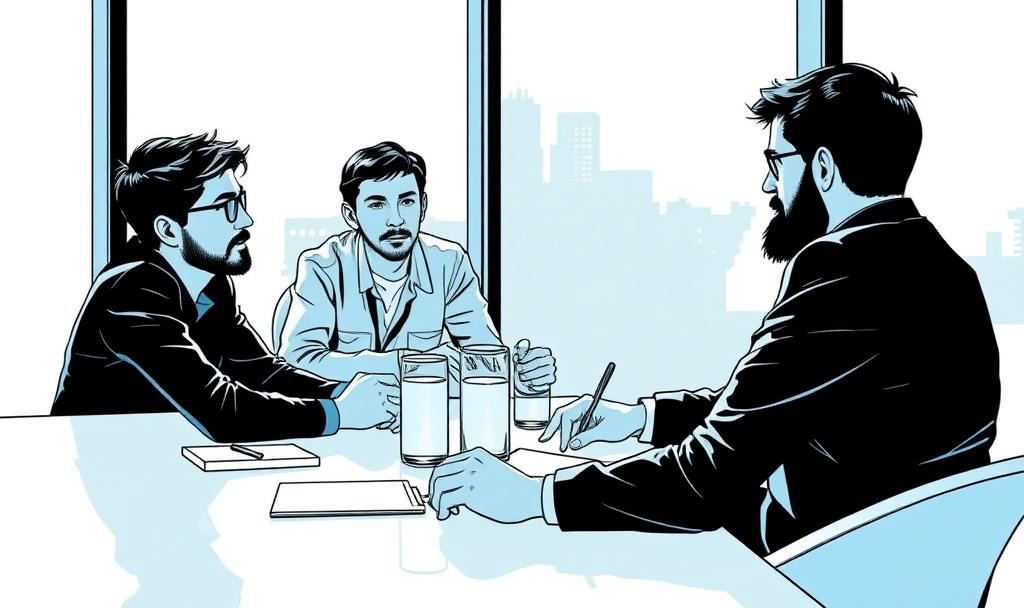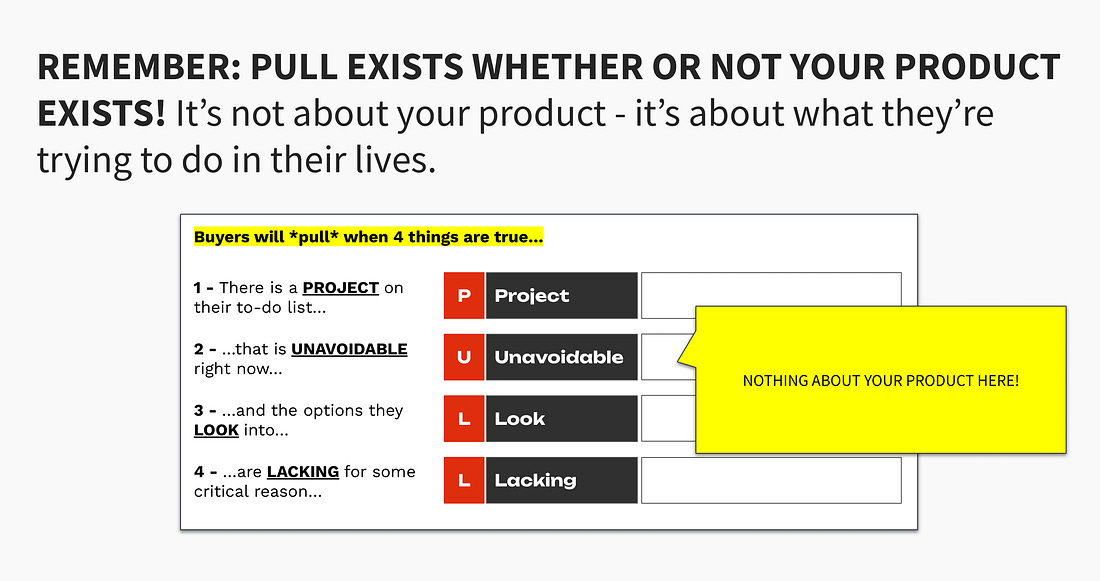The Brutal Reality Most Founders FaceIf you’re reading this, chances are you’re dreaming of launching a startup—or you’re already deep in the trenches, hustling to get your product into the world. Maybe you’re building a SaaS tool, a community, a marketplace, or something totally new. You’ve done your research. You’ve read the books, watched the YouTube videos, and maybe even taken a few online courses. But despite all your preparation, you might find yourself in a place every founder dreads: the “pain cave.” What’s the pain cave? It’s that alternate reality where you’re doing everything “right”—building features, tweaking your landing page, running surveys—yet nothing sticks. Your product is well-researched, your pitch is polished, but… nobody’s buying. You’re pushing something you believe in, but the world just shrugs. If this sounds familiar, you’re not alone. Most founders spend way too long in the pain cave, burning time, money, and energy on products that never find real demand. Why Do So Many Founders Get Stuck Here?Let’s be honest: building is fun. It’s safe. You’re in control. You can tinker, iterate, and convince yourself that just one more feature will make all the difference. But building in a vacuum is a trap. The hard truth? Most entrepreneurs don’t fail because they can’t build—they fail because they build something nobody actually wants. We all want to believe our idea is the exception. That our research, our passion, and our unique insight will be enough. But hope is not a strategy. The market doesn’t care how much you believe in your product. It only cares if you’re solving a problem people will pay to fix. The Pain Cave: Where Good Ideas Go to DieThe pain cave is seductive. It’s filled with endless possibilities. Anything could work… in theory. But in practice, it’s a place where you can spend months (or years) perfecting something that never gets traction. You launch, you wait, and… crickets. Maybe a few polite signups, a handful of free users, but no real momentum. You start to question yourself. Was the idea wrong? Did you miss something? Should you pivot or persevere? The longer you stay in the pain cave, the harder it is to get out. Your confidence takes a hit. Your runway shrinks. And worst of all, you start to lose the joy that made you want to build in the first place. The Way Out: Find Intense Demand, Build Unique SupplyHere’s the secret: All that really matters is finding intense demand and building unique supply. It doesn’t matter how you get there. Some founders have their breakthrough during a wild ayahuasca retreat. Others stumble on it through scientific experimentation or random YOLO-luck. But for most of us, there’s a more reliable path: sell-then-build. What Is Sell-Then-Build?Sell-then-build flips the traditional startup script. Instead of building first and hoping people will come, you start by selling—before you’ve built anything substantial. This doesn’t mean scamming people or making empty promises. It means validating real demand by getting commitments (pre-orders, deposits, letters of intent, or even just strong buying signals) before you invest months of your life in development. Why does this work? Because it forces you to answer the only question that matters: Will people actually pay for this? Why Avoiding Early Sales Is a TrapMany founders avoid early sales for all sorts of reasons:
But here’s the thing: avoiding early sales almost never works. If you can’t get someone excited enough to commit before you build, what makes you think it’ll be easier after? Early sales aren’t just about money—they’re about proof. They show you’re solving a real problem for real people. They give you feedback, momentum, and (crucially) confidence. How to Sell-Then-Build (Even If You’re Not a “Salesy” Person)You don’t have to be a natural salesperson to validate demand early. Here’s a step-by-step approach any founder can follow: 1. Start With a Clear ProblemDon’t pitch your product. Start by deeply understanding the problem you want to solve. Talk to potential customers. Ask about their pain points. Listen more than you speak. 2. Share Your VisionOnce you’ve uncovered a real pain, share your vision for how you’d solve it. This doesn’t have to be a finished product—it can be a sketch, a landing page, or even a conversation. 3. Ask for CommitmentHere’s where the rubber meets the road. Don’t just ask if they “like” your idea. Ask for a real commitment:
If people hesitate, dig deeper. Is it the price? The timing? The feature set? Their feedback is gold—use it to refine your offer. 4. Build Just Enough to DeliverOnce you have real commitments, build just enough to deliver on your promise. This keeps you focused, lean, and responsive to real customer needs. 5. Iterate Based on Real FeedbackWith paying customers (or strong commitments), you can iterate with confidence. You’re building for people who’ve already voted with their wallets. Stories From the TrenchesLet’s look at some real-world examples:
These stories aren’t just outliers. They’re proof that sell-then-build works, even for solo founders and small teams. What If You’re Not Ready to Sell?Maybe you’re still figuring out your idea. Maybe you’re nervous about rejection. That’s okay! You don’t have to go all-in on sales from day one. But the sooner you start talking to real customers, the sooner you’ll escape the pain cave. Try these low-pressure steps:
The goal isn’t to get rich overnight—it’s to learn, iterate, and build something people actually want. The Mindset Shift: From Builder to Problem SolverThe biggest shift you need to make isn’t technical—it’s mental. Stop thinking of yourself as just a builder. Start thinking of yourself as a problem solver. Your job isn’t to create the perfect product. It’s to find a real problem, validate intense demand, and build a unique solution. The rest is details. Avoiding the Pain Cave: Practical Tips
Remember: There’s No Single PathSell-then-build isn’t the only way to find product-market fit. Some founders stumble on demand through luck or intuition. Others experiment their way there. But avoiding early sales—hiding from the market—almost never works. The market is the ultimate judge. The sooner you face it, the sooner you’ll know if you’re on the right track. Final Thoughts: Escape the Pain Cave, Build What MattersIf you’re a wannabe founder or just starting out, don’t let the pain cave swallow your ambition. Don’t spend months (or years) building in isolation, hoping the world will love your idea. Instead, get out there. Talk to real people. Test your assumptions. Ask for commitments. Sell before you build. It’s not always easy, and it can be scary. But it’s the fastest, most reliable way to build something people actually want—and to build a business that lasts. So, what’s your next step? Will you keep guessing… or will you start selling? Invite your friends and earn rewardsIf you enjoy Startup-Side , share it with your friends and earn rewards when they subscribe. |
Wednesday, May 21, 2025
Are You Stuck in the Startup Pain Cave?
Subscribe to:
Post Comments (Atom)
Discipline Is Overrated. Spontaneity Is Underrated. Founders Need Both.
A reflective thought on why early certainty feels responsible for founders, how it quietly limits optionality, and why adaptability matters ...
-
Crypto Breaking News posted: "Mikhail Fedorov, Ukraine's Deputy Prime Minister and the head of the country's Minist...
-
admin posted: " A major British bank, Natwest, has put a limit on fund transfers to crypto...
-
kyungho0128 posted: "China's crackdown on Bitcoin (BTC) mining due to energy consumption concerns is widely regarded as...



No comments:
Post a Comment